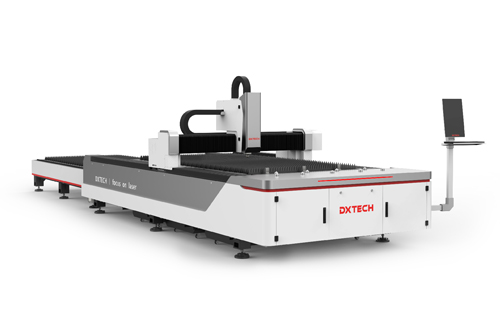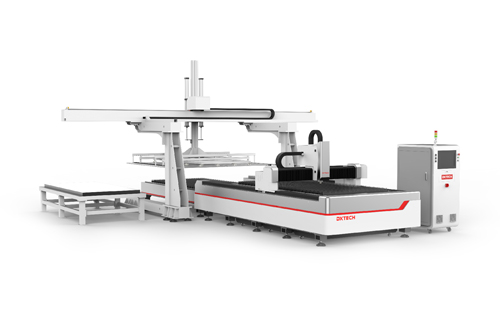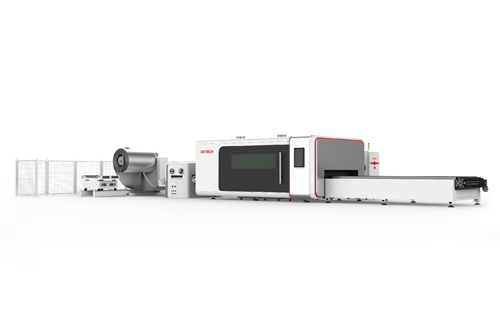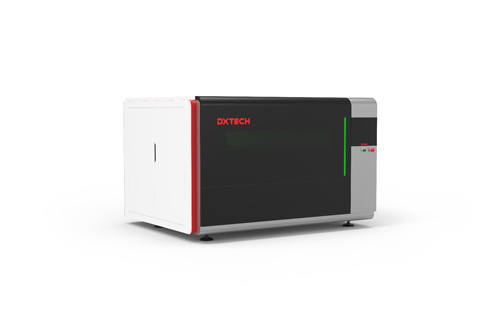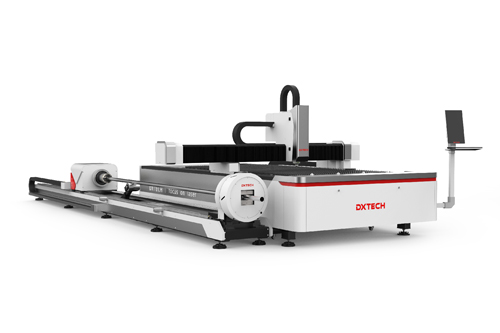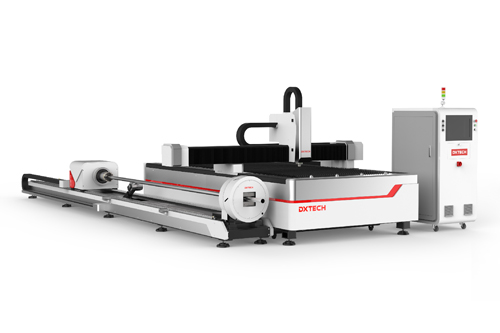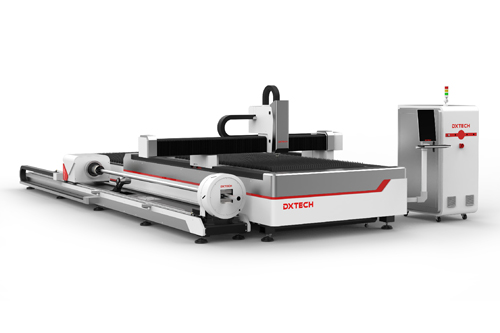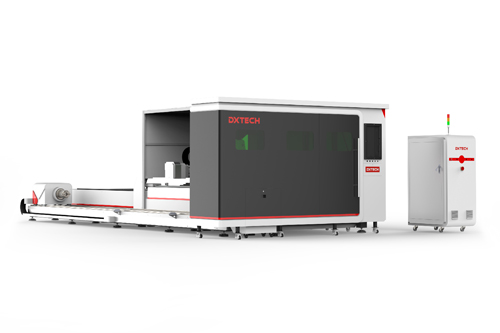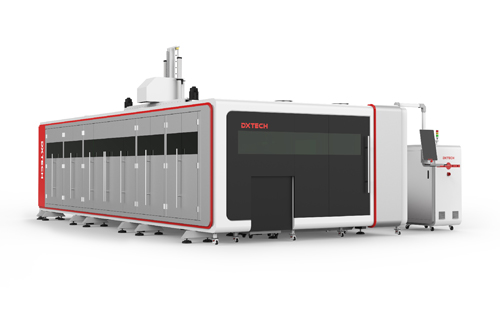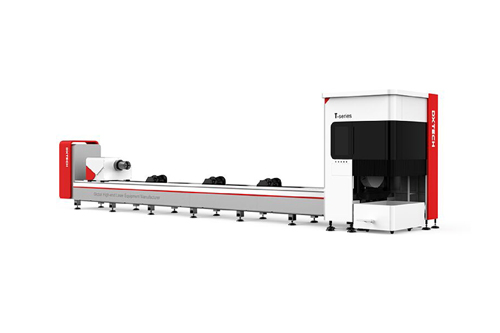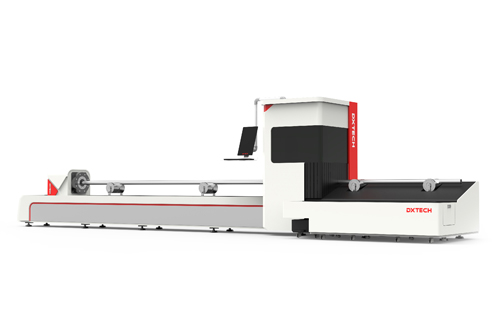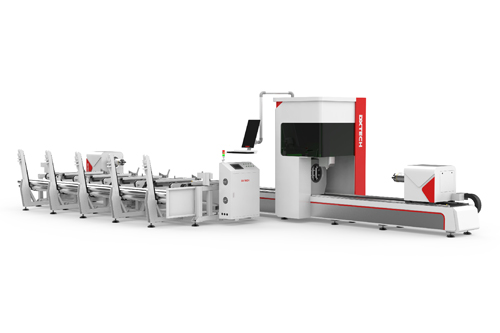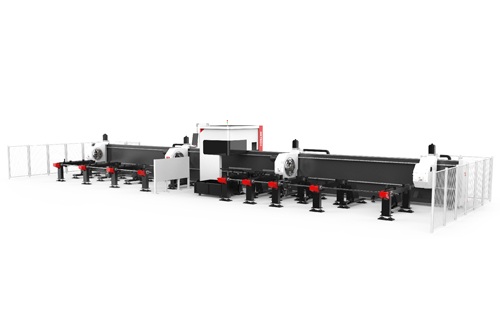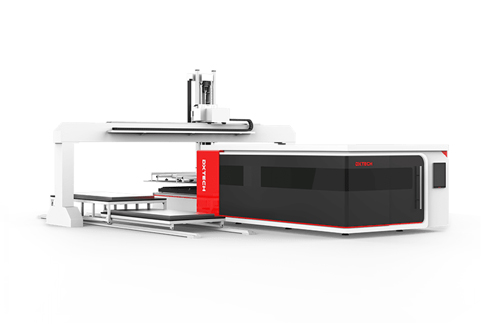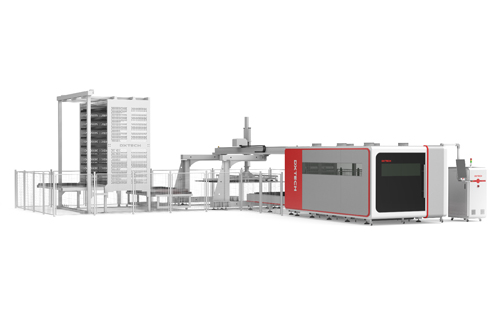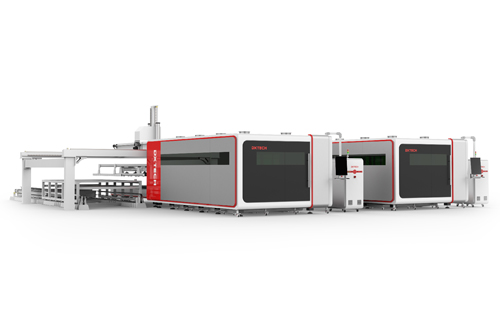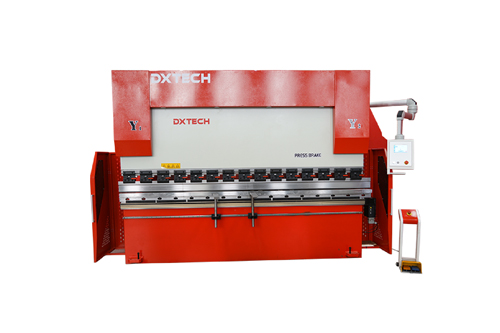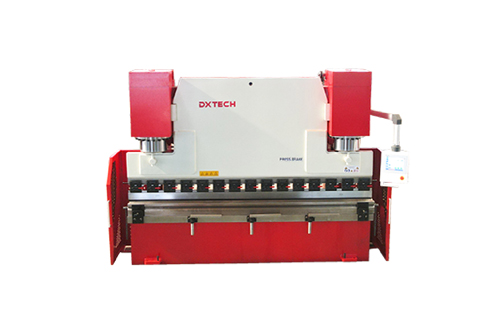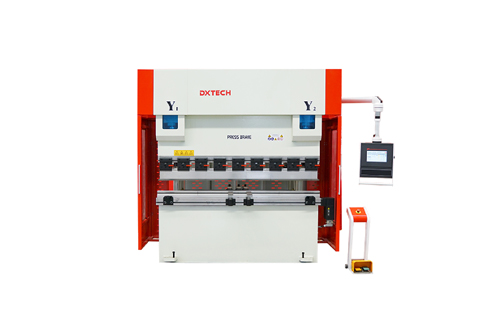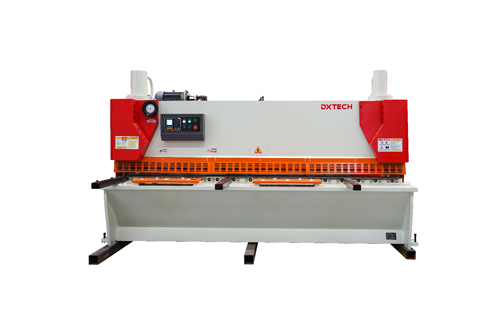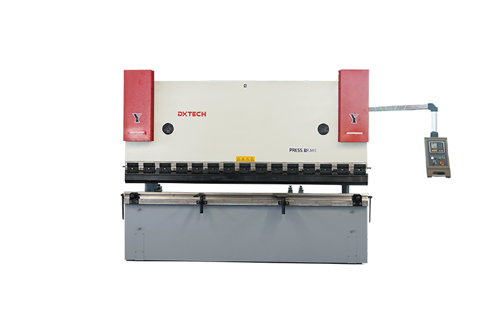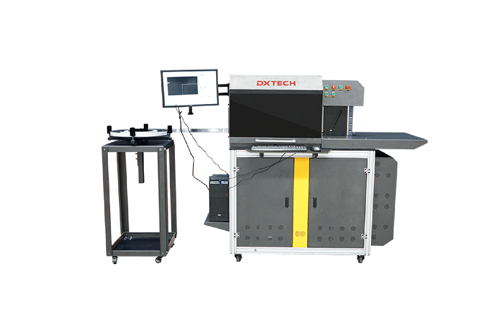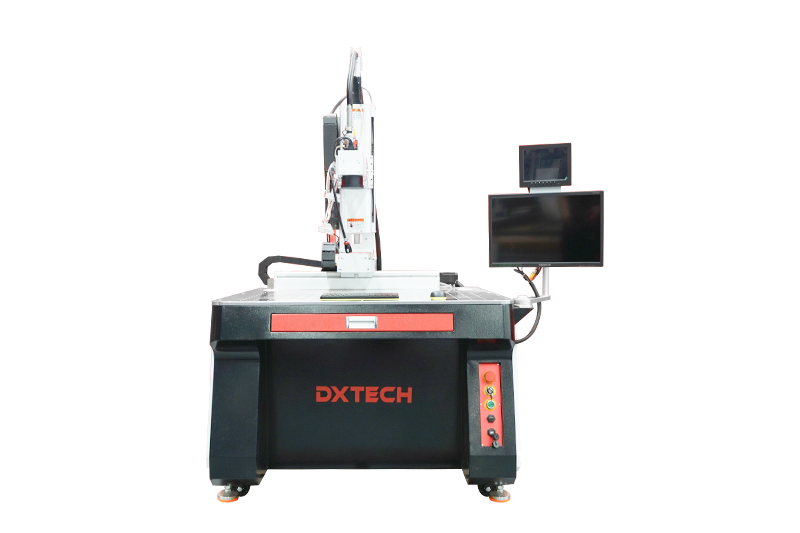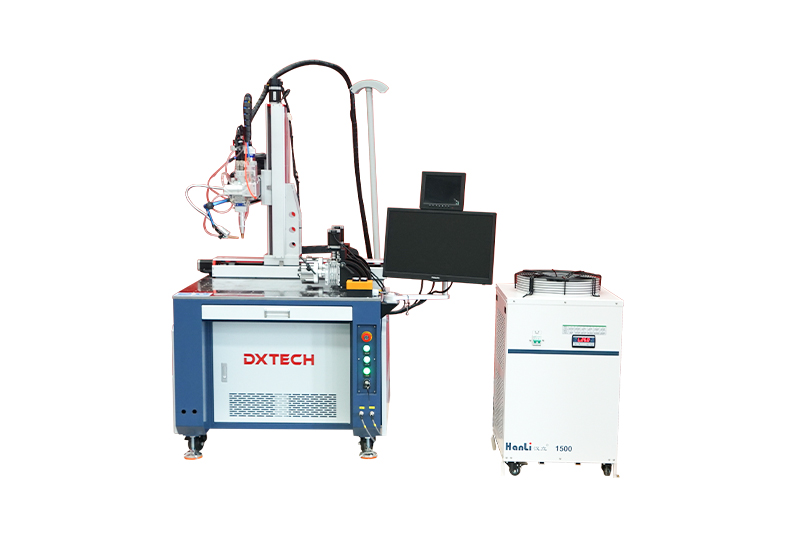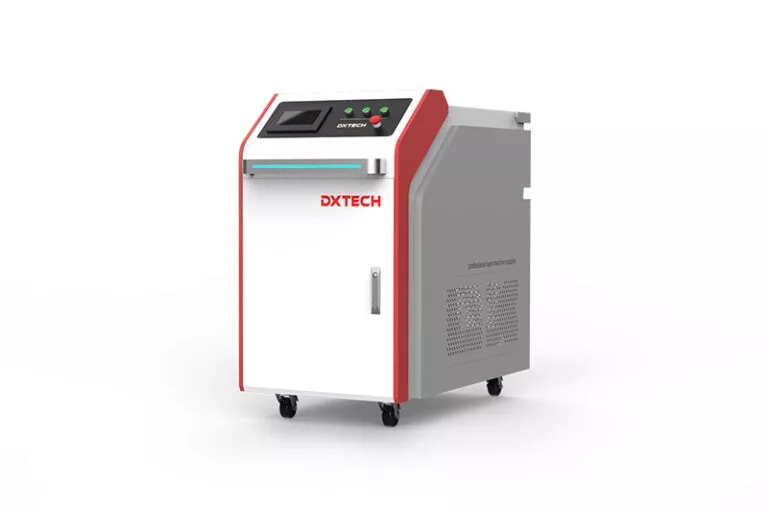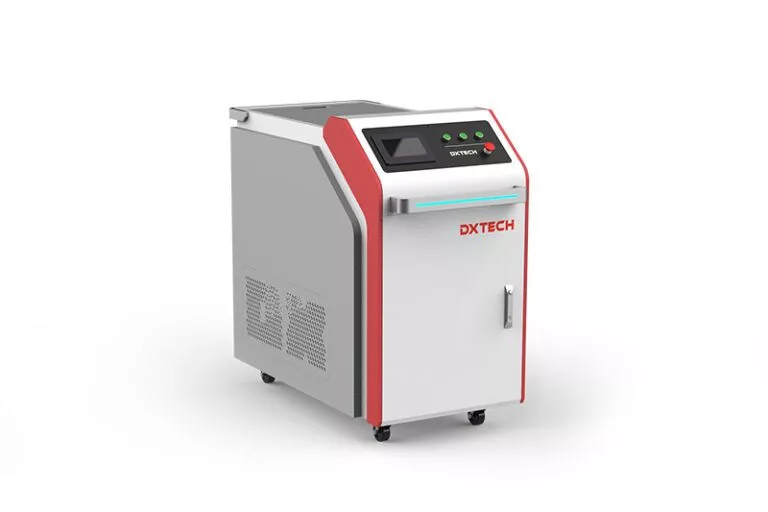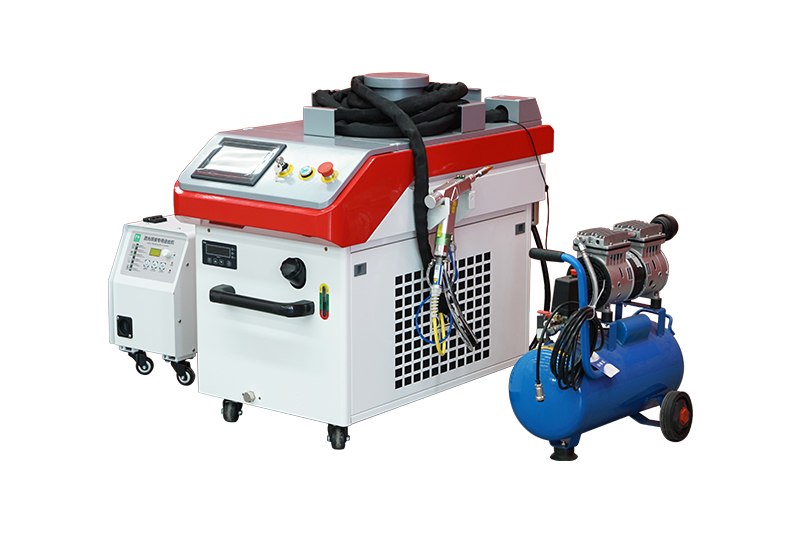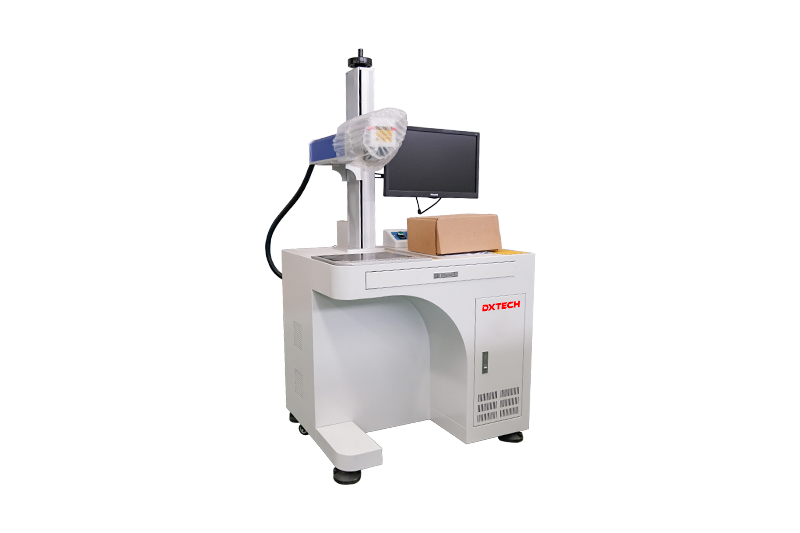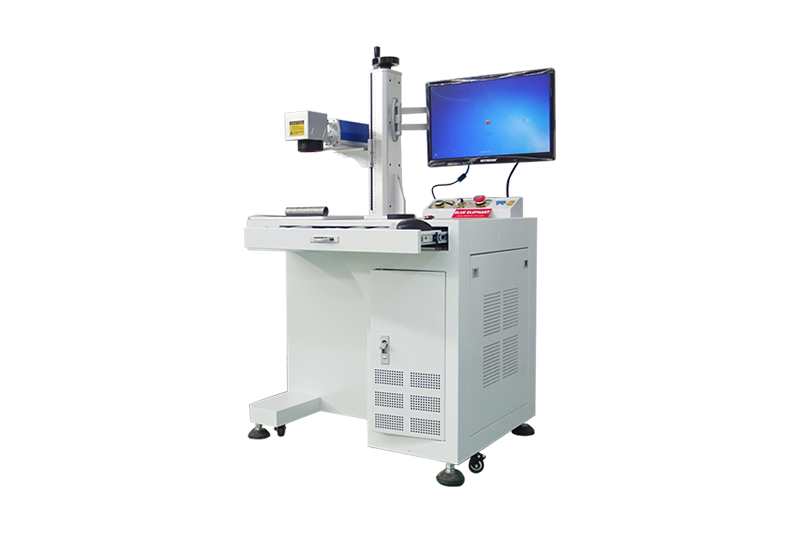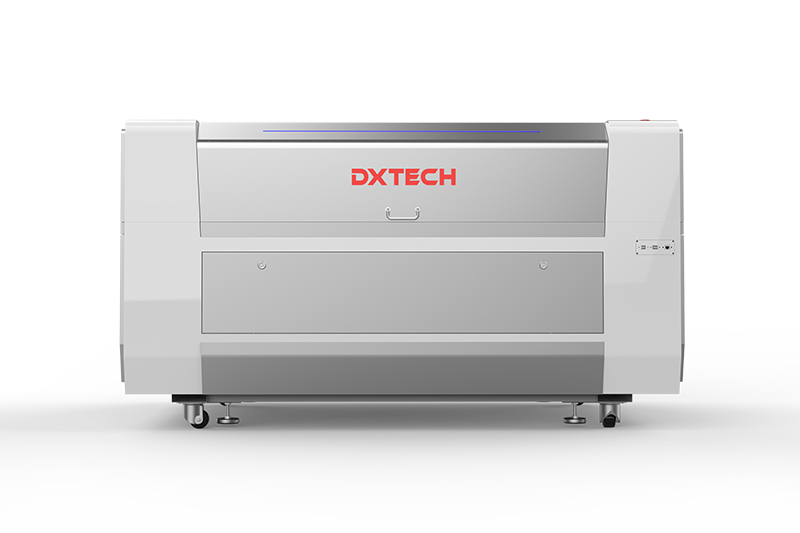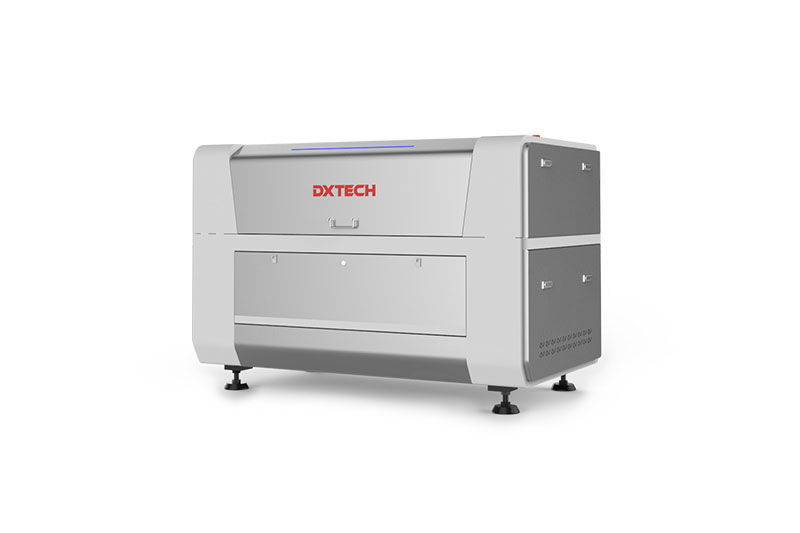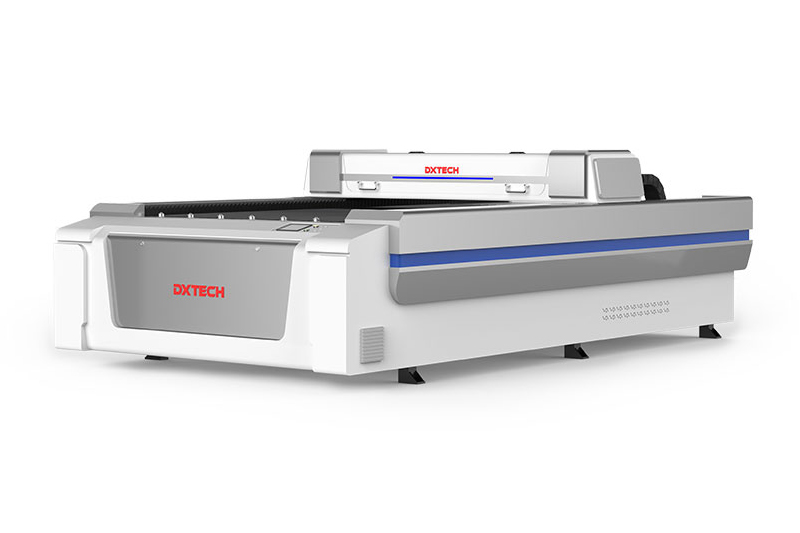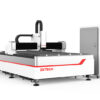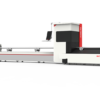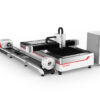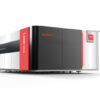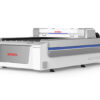How does the laser cutter work? What materials can a laser cutter cut? Why cut with a laser cutter? These are the most frequently asked questions by any laser-cutting beginners. When you figure out these questions, you’ll know that compared with other cutting tools, laser cutters have unparalleled advantages. That’s why so many manufacturers and workshops are willing to use laser cutting machines to conduct their businesses.
The laser was used for cutting for the first time as early as the 1970s. Nowadays, laser cutting has more applications in various modern industries. For example, metalworking, plastic, ceramics, glass, semiconductors, wood, textiles, and other areas. There are reasons to believe that in the future the use of laser cutting will be more extensive.
This article explains how does a laser cutting machine work and the factors affecting the laser cutting results. It also lists the unique features of laser cutting and recommends 5 best-selling laser cutters.
What is laser cutting and how does it work?
laser cutting is the process of using laser technology to cut various metal and non-metal materials. The laser refers to a type of light that features high intensity, high coherence, and high directivity. The laser is generated by a laser generator and transmitted and irradiated on the workpiece through reflecting and focusing mirrors.
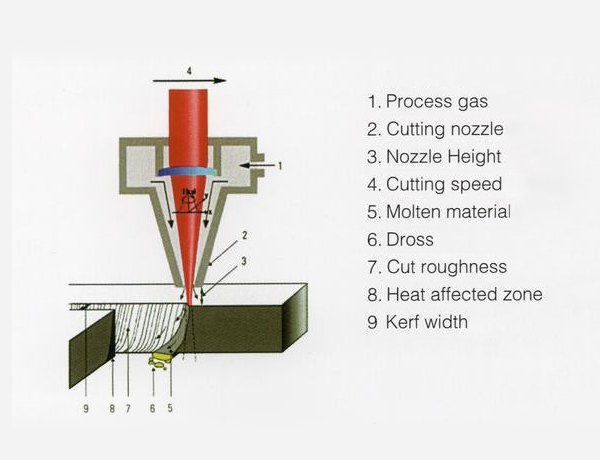
During laser cutting, the laser generator emits a laser beam. This laser beam is transmitted and aggregated into a high-power and high-density laser beam through the optical path system or fiber cable. The focused laser beam irradiates the workpiece and forms a tiny and high-density spot. This workpiece absorbs all the energy emitted by the laser. The temperature of this workpiece rises sharply and when reaching its bolting point, it starts to vaporize or melt. With the help of a high-pressure airflow and the movement of the beam, the laser cuts out the required shapes.
Laser cutter classification
A laser cutting machine is a kind of laser processing machine tool that uses laser technology to cut materials. It is a CNC machine that uses the thermal energy of laser beams to achieve cutting.
According to the laser source, there are mainly three types of laser cutting machines. Fiber laser machines are mainly for cutting metal materials such as steel, copper, aluminum, and various alloys. A CO2 laser is very good at cutting wood, fabric, paper, acrylic, wax, and engraving glass, stone, and other non-metal materials. YAG lasers are mainly used for cutting and engraving metals and ceramics. At present, the first two laser machines are the mainstream laser machines in the market. And their applications are more extensive.
The fiber laser cutting equipment is also called the metal laser cutter, steel laser cutter, etc. Based on functions, a metal laser cutter can have different models for cutting metals in different shapes. For example, metal sheet laser cutter, metal tube laser cutter, metal sheet & tube laser cutter, protective cover metal laser cutter, etc. Each model has its respective selling points and characteristics.
CO2 laser cutters specialize in processing non-metal materials. So people also call it the acrylic laser cutter, wood laser cutter, plywood laser cutter, fabric laser cutter, laser paper cutter, etc.
Laser cutting is to cut a part off a workpiece in terms of cutting depth. But if only remove part of the materials from the material surface, this makes the laser engraving or laser burning. For example, laser engraved wood crafts, acrylic signs, stone souvenirs, glasses, etc. Many CO2 laser cutting machines can achieve both cutting and engraving functions.
How does the laser cutter work?
Regardless of the type, a laser cutting machine mainly consists of two big parts. One is the numerical control console and the other is the laser machine tool. We can input the drawings and design files into or make designs directly on the CNC console. After calculating, the computer will transmit the instruction to the processing machine tool. And the laser machine tool will process the desired patterns according to this instruction.
Let’s see how does a laser cutting machine work for metal and how does a CO2 laser cutter work respectively.
How does a CNC laser cutter work for metal materials?
In fact, the cutting principle of a fiber laser cutter is similar to a CO2 laser cutter. But there are indeed some differences in the laser source, laser transmission mode, auxiliary gas, and other aspects.
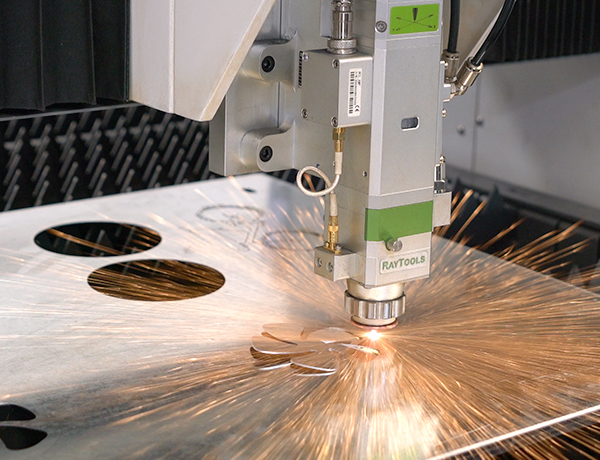
The metal laser cutting machine uses a fiber laser. This is a laser that uses a solid instead of a gas or liquid as the gain medium. The fiber laser generates a laser beam, which is then amplified within the glass fiber. A fiber laser beam has a wavelength of only 1064nm, which can produce an extremely small spot size. This is up to 100 times smaller than that of a CO2 laser, making it ideal for cutting reflective metals. The beam is transmitted by the optical fiber, and there is no need to have a complicated light guide system. So the light path is simple, and the structure is stable.
The fiber laser cutters must add auxiliary gas suitable for the processing material during the cutting process. In addition to blowing away the slag in the slit, the coaxial gas can also cool the workpiece surface. It can also reduce the heat-affected zone, and cool the focusing lens. Besides, it prevents smoke and dust from entering the lens holder to pollute the lens and cause overheating. The choice of gas pressure and type has a great impact on cutting. Common gases include air, oxygen, and nitrogen.
How does a CNC laser cutter work for non-metal materials?
CO2 laser cutters use a sealed CO2 glass tube laser as the laser source. The working substance in the laser tube is a mixture of carbon dioxide, helium, and nitrogen. The CO2 laser generates a laser beam by exciting the gas mixture in the tube. And then transmits the beam through the reflecting mirror.
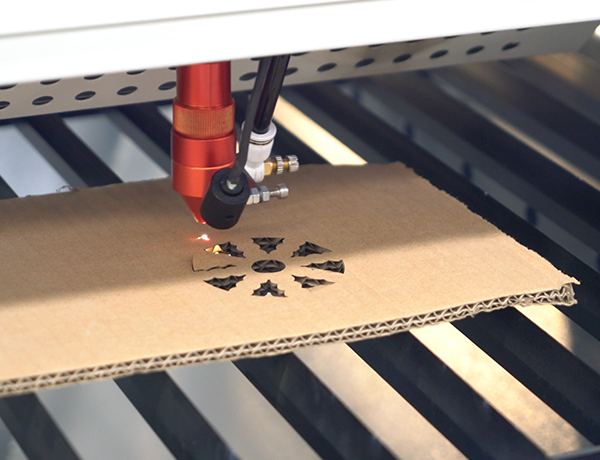
When the laser beam is focused onto the wood or other non-metals, it will melt or vaporize the materials. Once the laser beam penetrates the workpiece, the cutting process begins. The laser beam or the laser head moves along the given path to cut out the designed shapes.
The wavelength of the CO2 laser cutter is 10.6um. Non-metal materials such as wood, paper, fabric, and acrylic are easier to absorb such laser wavelength. The photoelectric conversion rate of CO2 laser is about 10%. Compared with fiber machines, CO2 laser machines require multiple optical mirrors to reflect the laser. These optical lenses are all vulnerable parts and need to be replaced regularly. So the maintenance cost is relatively high. In addition, CO2 has higher environmental requirements and is sensitive to factors such as temperature, humidity, and dust.
Factors affecting laser cutter work
Many parameters could affect the laser cutting process and cutting quality. Some of them depend on the technical properties of the laser and machine tool. And others are variable.
Laser power
Laser power has a decisive influence on the cutting process and cutting quality. Too small power can’t cut through the workpieces, and too large power could melt too much surface. So the laser power shall match the processing type, material type, and thickness.
Cutting mode
The continuous mode is mainly for cutting standard contours of metals and plastics from millimeters to centimeters in size. To melt, perforate, or produce precise contours, it needs the low-frequency pulse laser.
Focal position
The focal position determines the beam diameter and power density on the surface of the workpiece and the incision shape. Zero focal length is suitable for cutting carbon steel below 5mm. Negative focal length is suitable for cutting aluminum, stainless steel, etc. And positive focal length is good at cutting thick metal sheets.
Focal diameter
The focal diameter has an effect on the width of the incision. You can change the focal diameter by changing the focal length of the focus lens. Smaller focal diameters mean narrower cutting incisions.
Nozzle
The nozzle shape, aperture, and height (distance between the nozzle and the workpiece surface) all affect the cutting effect.
Nozzle aperture
The diameter of the nozzle determines the flow rate and shape of the gas ejected from it. If the nozzle aperture is too large, the splashing melt may pass through the nozzle hole and pollute the lens.
Cutting speed
The cutting speed shall match the laser power. Too fast or too slow cutting speed will cause the increase of roughness and the appearance of burrs.
Auxiliary gas
Different gases apply to the cutting of different metals. For example, it usually uses oxygen to cut carbon steel and nitrogen to cut stainless steel or copper. The higher the gas purity, the better the cutting quality.
Laser cutting machines for sale
Now you know the answers to what is laser cutting and how does it work, and what affects laser cutting. Can’t wait to know which specific models of laser machines can meet your specific needs?
Here I’ll recommend 5 best-selling DXTECH laser cutting machines. They can realize different functions to meet your specific demands.
Fiber laser cutting machine for metal sheets
This metal laser cutter adopts an open flat structure, which is suitable for cutting all kinds of metal plates. Its models include 1530, 1540, 1545, 1560, 2040, 2060, and 2560 in terms of working area. With the same power, the larger the working area, the higher the price. The price of this machine is about $18,000-28,000.
Therefore, you also need to consider your budget besides the working area when buying a laser cutting machine. The thickness of the cut material depends to a certain extent on the laser power. The greater the power, the thicker the material that can be cut. When the thickness is the same, the cutting speed will be higher with larger power.
Check this video to see how does the laser cutter work to cut different metal sheets of different thicknesses. It shows a 4000W fiber laser machine cutting 20mm carbon steel, 6mm brass, 5mm aluminum, and 11mm stainless steel.
Metal tube laser cutting machine for sale
This model of the fiber laser cutter is specially designed for cutting metal sheets and tubes. It is good at cutting round pipes, square tubes, rectangular pipes, H-shape steel, U-shape steel, and L-shape steel. DXTECH metal tube cutting machines can cut metal tubes with the length of 3m, 6m, and 9m. The diameter of the outer tangent circle of the pipe materials shall be within 160mm and 220mm.
Here are some pipe and tube samples cut by our metal tube laser cutter.

Metal sheet and tube fiber laser cutting machine
This machine integrates the functions of the above two laser machines. It can cut both metal sheets and metal pipes, tubes, and L-, U-, and H-shape steel. So, this could be the best choice if your processing materials contain both sheets and tubes. The metal tube cutting device adopts the auto-positioning clamp and double pneumatic chucks. They can rotate the pipes or tubes simultaneously, realizing 360° cutting. Metal tubes or steel in different shapes may require different clamping methods.
Let’s see this working video of the DXTECH laser metal cutting machine for sheets and tubes. Starting from 1’08”, it shows how does the laser cutter work to cut φ80mm galvanized round pipe, and square tube. It also shows how does the laser cutter work to cut shapes from and cut off φ60mm stainless steel round pipe.
All cover exchange platform fiber laser cutting machine
This is a laser metal cutting machine with a fully enclosed protection cover. It is suitable for users from the regions that stipulate strict requirements on environmental pollution. It uses a high-strength plate welded bed, which is strong and durable. This ensures that it can withstand high-strength, and long-term cutting work.
It is equipped with an exchange platform. So the two working platforms can realize one for cutting work and the other for loading or unloading. The price of this machine may be over $30,000. Metal processing or equipment manufacturing companies with a larger production scale and output can choose such machines.
1325 wood laser cutter for sale
Apart from fiber laser cutters, DXTECH CO2 laser cutters are popular with customers as well. The CO2 laser machine can cut, engrave and etch almost all kinds of non-metal items. The CO2 laser generator has a relatively low cost and the laser power to cut non-metals is relatively small. So the CO2 laser cutting machine may only cost several thousands of US dollars. Many workshops or factories use it to make wood, paper, or plastic crafts, souvenirs, and artworks.
Check the following video to see how does a CO2 laser cutter work on acrylic materials.
Words in the end
After reading this article, you know not only how does the laser cutter work but also what affects the laser cutting. The most common laser cutters are fiber laser and CO2 laser cutting machines. Although the two are very different in laser source and laser machine composition, the cutting principle is basically the same. The high-density laser beam irradiates the workpiece surface and form, a light spot. The workpiece at the spot position quickly absorbs heat and its temperature rises rapidly. Then this position is melted or vaporized. With the movement of the laser head, the workpiece is cut into various shapes.
The whole cutting process is completed by the laser cutter automatically. Operators don’t have to stay close to the cutting materials. So it’s more efficient and safer than using other cutting tools. An increasing number of factories and manufacturers are willing to use laser cutting machines to develop their businesses. The income from laser cut projects will soon make up for the investment in the purchase of the laser machine. And it will continue to bring more good income.

